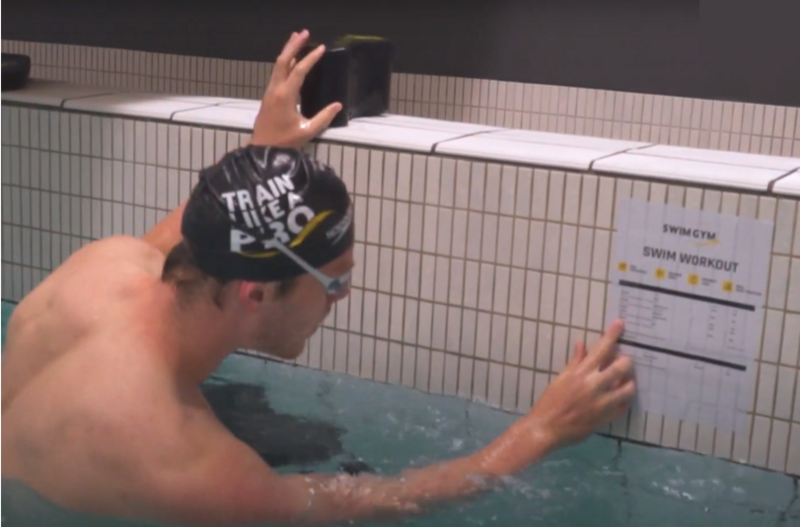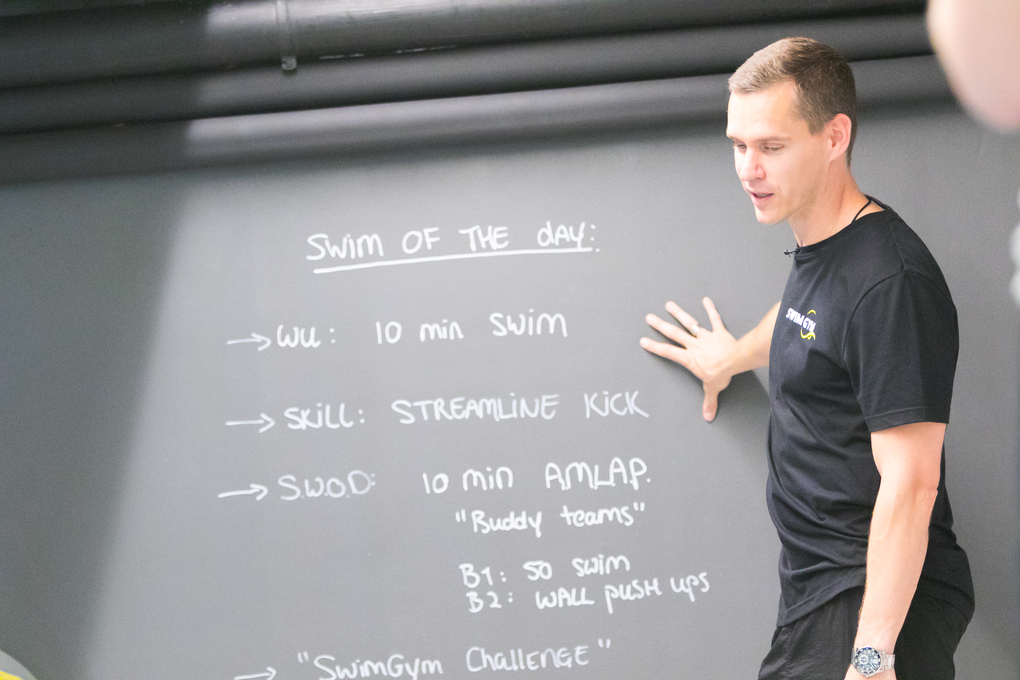Swimming blog - TRAINING and ENDURANCE WHY COUNTING LAPS IS NOT ENOUGH
It's not enough you know, just swimming up and down the pool mindlessly and thinking this is going to make you a better and faster swimmer. Because the bad news is, it's not. There is a big difference between just swimming a certain number of laps, or following a workout with swim sets. Here are the reasons why counting laps isn’t the smartest way to use your swimming time and why you should commit to swim sets instead.
Swim sets – what’s that?
Swim sets are the numbers we see written up on white boards, walls and in training programmes all over the swimming world. Swimgym.com’s SWODs (swim of the day) are a prime example. They are universal, varied and almost infinite in their imagination and ingenuity. They are also a lot of fun.
As an example, a swim set may be 10 x 100 freestyle easy with 20 seconds rest or 16 x 50 freestyle start every 1 minute, swimming 40-45 seconds. So why commit to swim sets, and what is there value add?

1. Speed spoiler
Swim sets allow for breaks and help maintain a certain speed. The resistance of water, being 784 times that of air, means that our ability to hold our initial, super fresh, super motivated speed over longer distances is limited. Generally, we get slower the longer we swim. It takes special skill to start slow enough to keep a decent average speed throughout a long continuous swim. We aren’t knocking the longer swims; they just need to be managed. So, counting laps is a speed spoiler.
2. Nervous breakdown
Swim sets guarantee quality. We get slower over longer distances without a break for two reasons. One is that our nervous system gets tired and two because our technique breaks down. They are linked. The more tired our nervous system becomes the bigger the struggle to hold onto good technique. The fresher we are or the more breaks we have, the better able we are to hold our technique as the nervous system can still control the complicated movements needed in swimming. We dare to say that the quality of your swimming will be far higher if you throw in short breaks of 20-30 sec into your swimming with swim sets and give your nervous system a well-deserved break. Quality certainly trumps quantity in this respect.
3. Go fast or go slow
In swim sets we can easily vary the speed and intensity. As we’ve said already, we tend to go slower in long swim efforts with no rest. This also means that the thought of or actually going faster in a long continuous swim becomes increasingly difficult. It is important to vary speed in a swim training and swim sets allow us to go slow or go fast. Not only is it fun and challenging, but it builds stronger muscles, body awareness and pacing skills.
4. Spiced up
Swim sets spice up your training. A long continuous swim, is as we have explained, one long continuous swim, and normally in one stroke.
Swim sets make a swim training varied, fun and time just flies by. Because swim sets can be tailored to every need, level and goal, it means that different strokes, distances, and variations are the order of the day. Our library provides many incredible hours of swim sets that cater to your every need. Check them out here.
5. Swimming isn’t mindless
Swimming requires a great deal of thought. If you are just swimming up and down without thinking about it, then that is all you are doing. Swimming mindlessly is like a chicken without a head, mindless thrashing about. Swim sets are the thoughts and experiences of trainers molded into a unique experience that every time will leave you fresh and motivated to come back time and again for more.
